Bird of the year for me so far was a shorelark about a mile from home, at Barrow Tanks on 24th. The bird fed mainly on the shore-like gravel path, and looked upwards a lot, presumably scanning for potential aerial predators. Photos taken with the 1D4, 500mm and 2x converter. Also present were 2 swifts, 2 little ringed plover and a common sandpiper.
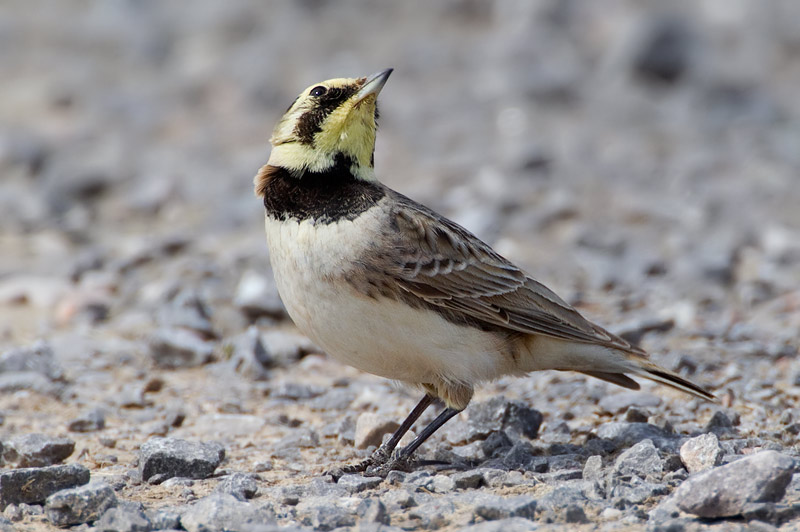
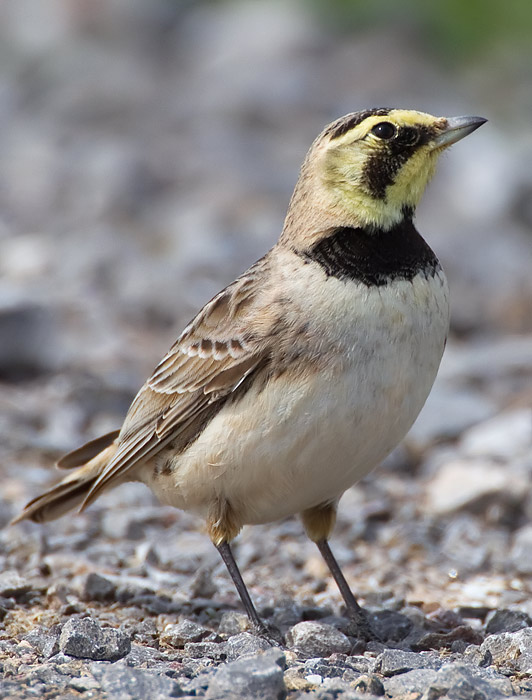
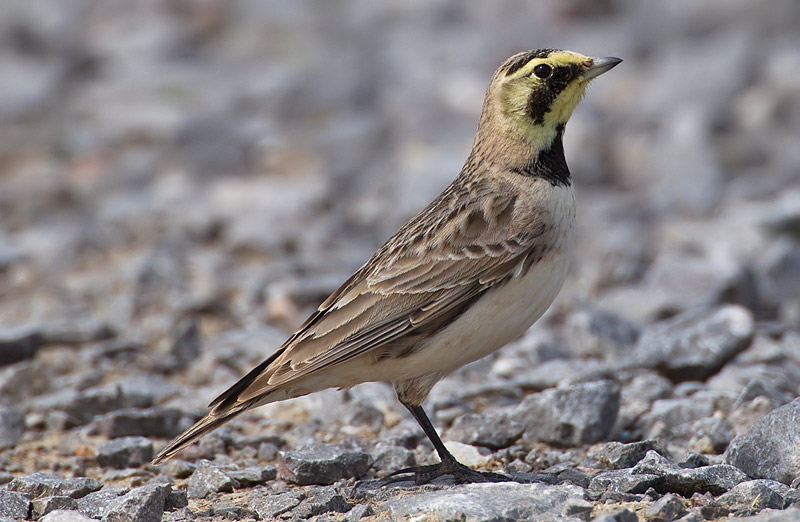
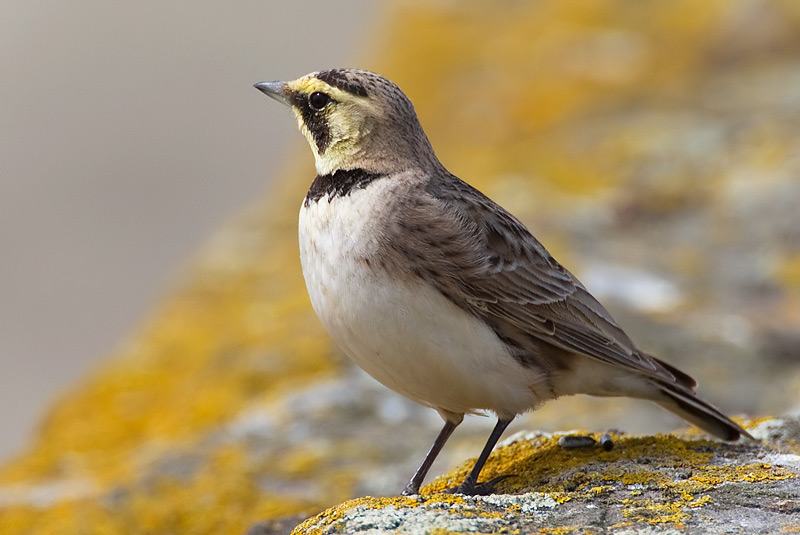
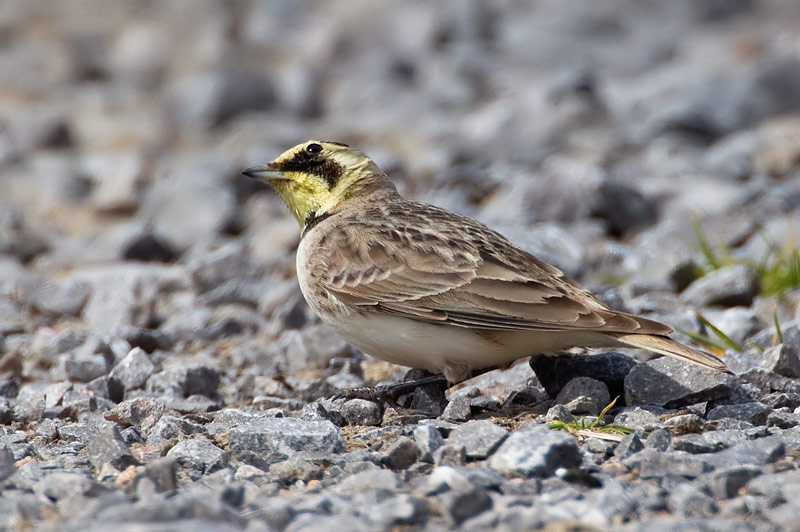
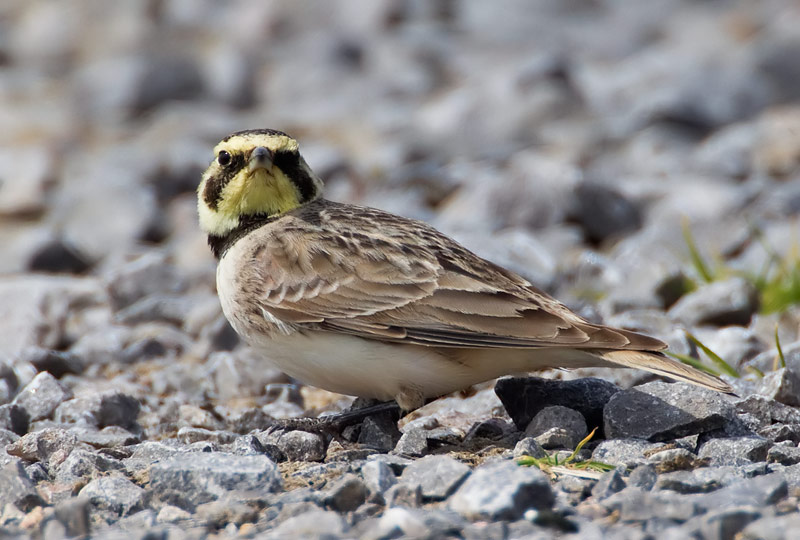
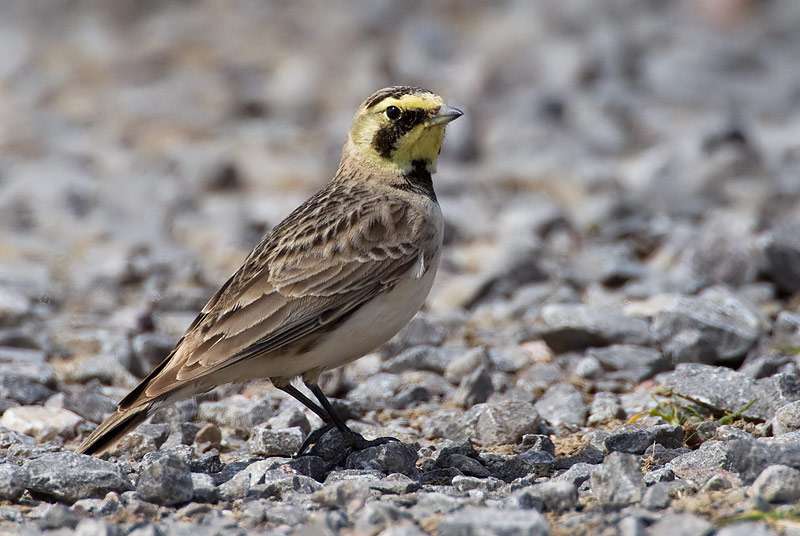
and finally one to show the white underwing.
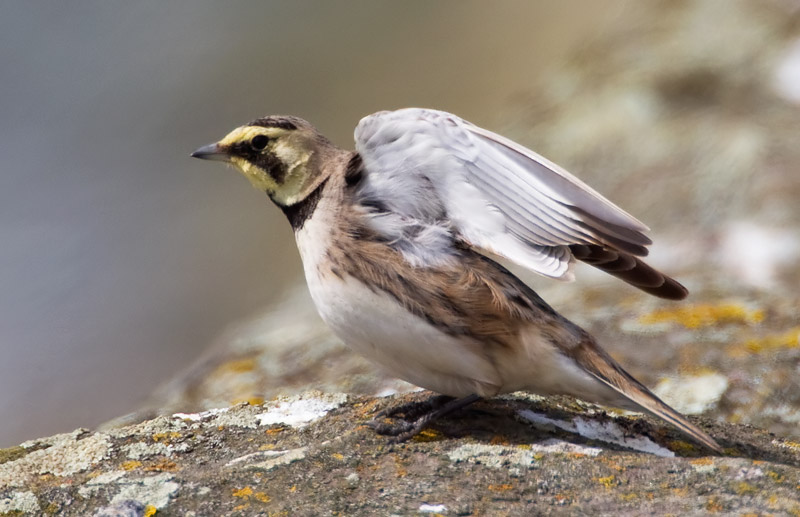
More garden moths from 24-25 April. Top (left to right) - chestnut, clouded drab, muslin moth (male). Bottom - brindled beauty (male). I also caught the first nut tree tussock of the year.
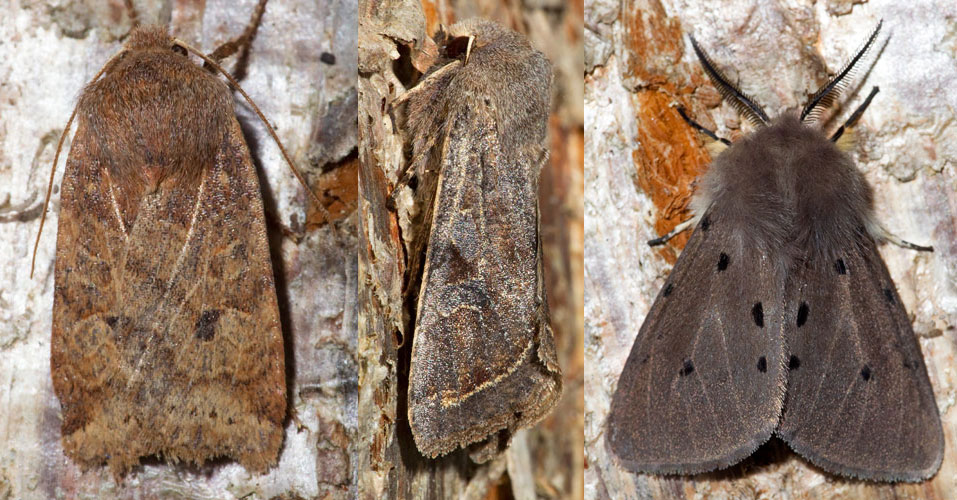
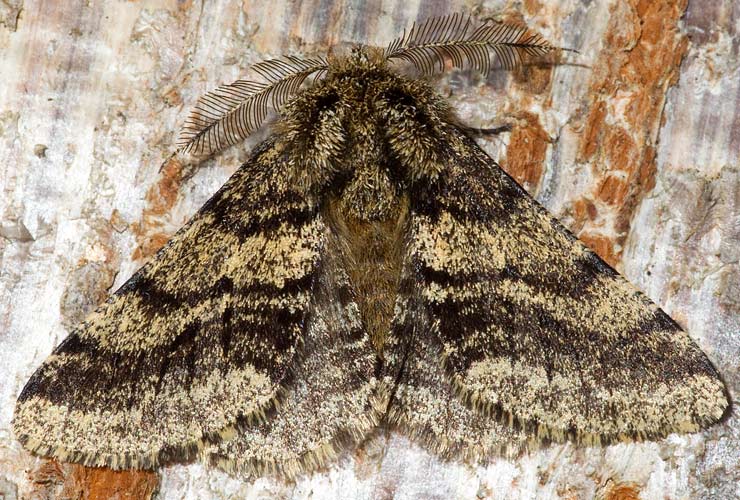
The arable land around Flax Bourton is one of the few reliable spots in North Somerset to find yellowhammers still. The crops are rotated annually, and this year's it's oil seed rape.
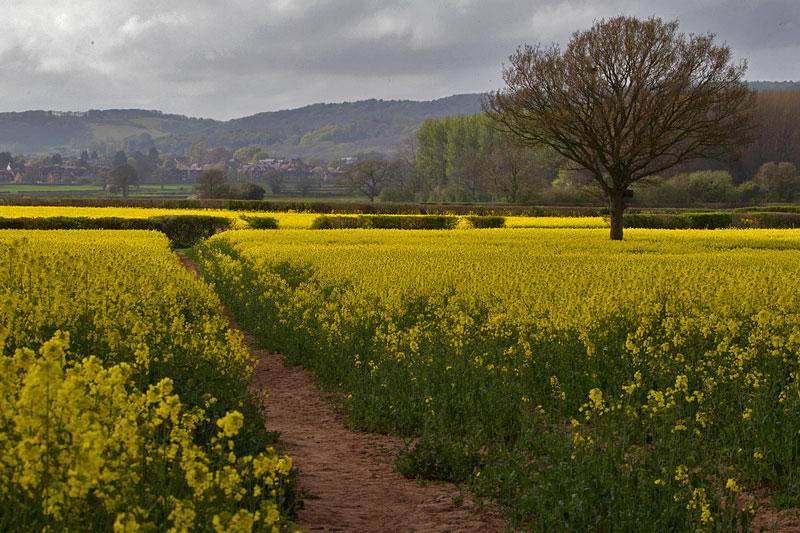
Some common noctuid moths from the garden (18th April). From left to right - common quaker, Hebrew character and early grey.
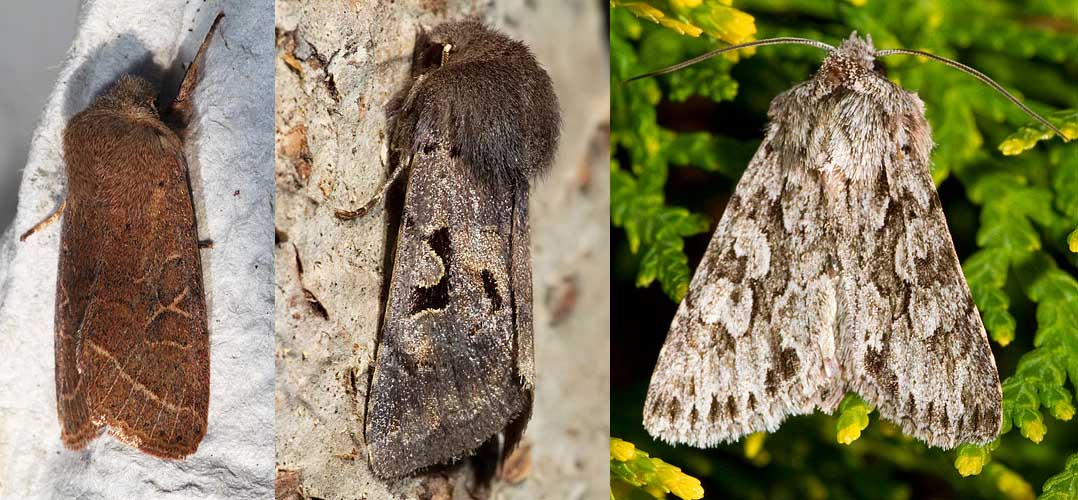
A queen buff-tailed bumble bee on the lawn.
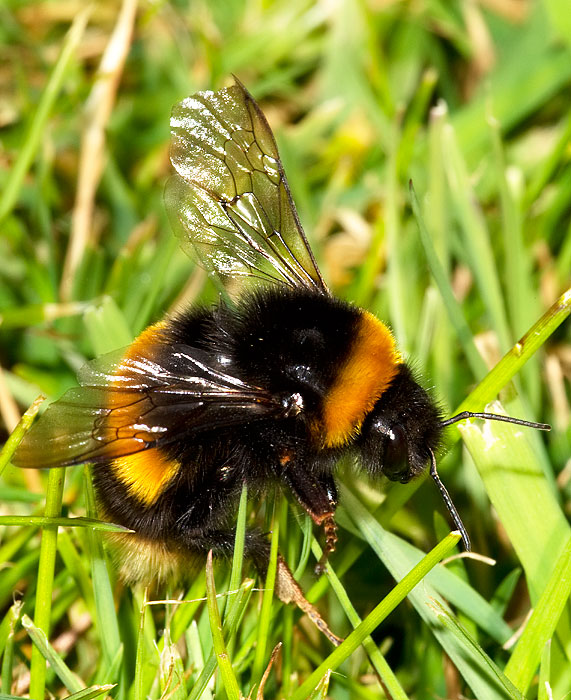
A garden hoverfly and some bee-flies Bombylius major in Flax Bourton on 17th. I walked along the cycle track in the evening and was pleased to see a pair of little owls, although the sunset looked pretty much as expected, despite all the ash in the atmosphere. There was a good sunset a few days later however.

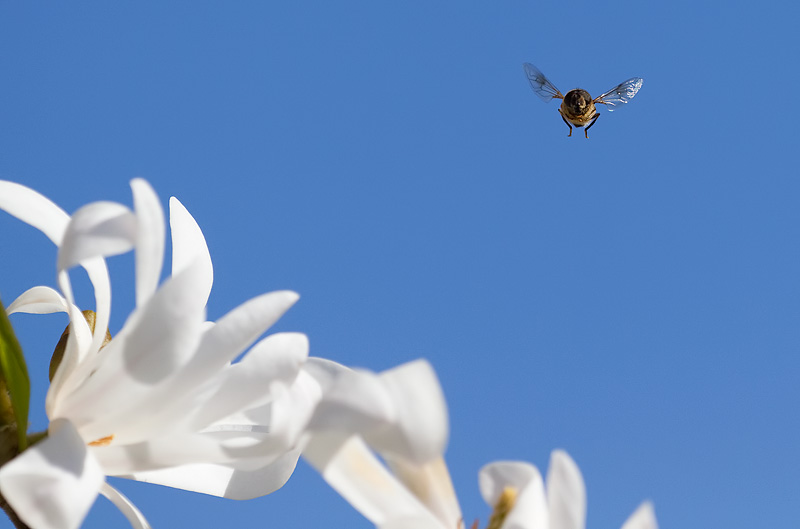
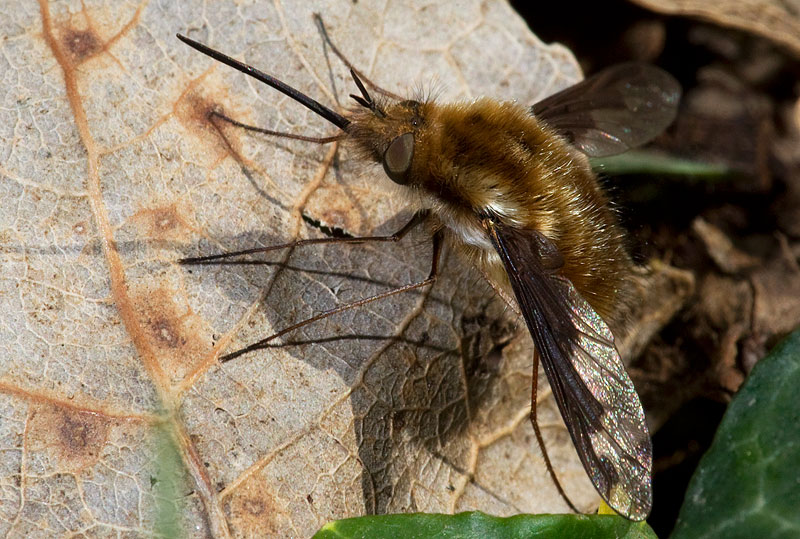
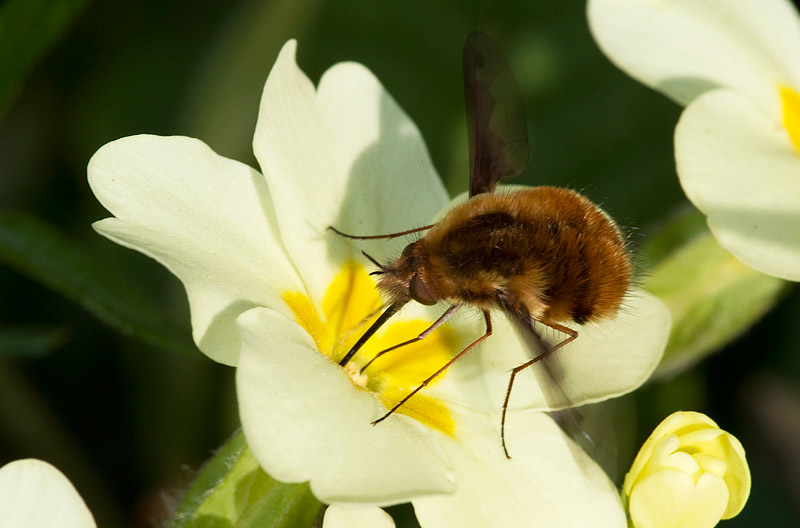
I've been to Chew on a few short trips in the last week, but few birds have been close enough to the hides to photograph. I'm still on the first battery charge of the 1D4! I saw the lesser scaup on 5th and 6th, but not on 10th. I saw a curlew, a white wagtail and heard my first reed warbler on 6th. I photographed these great crested grebe on 10th through the slats at Moreton Hide. A distant flock of about 25 little gulls was also present.
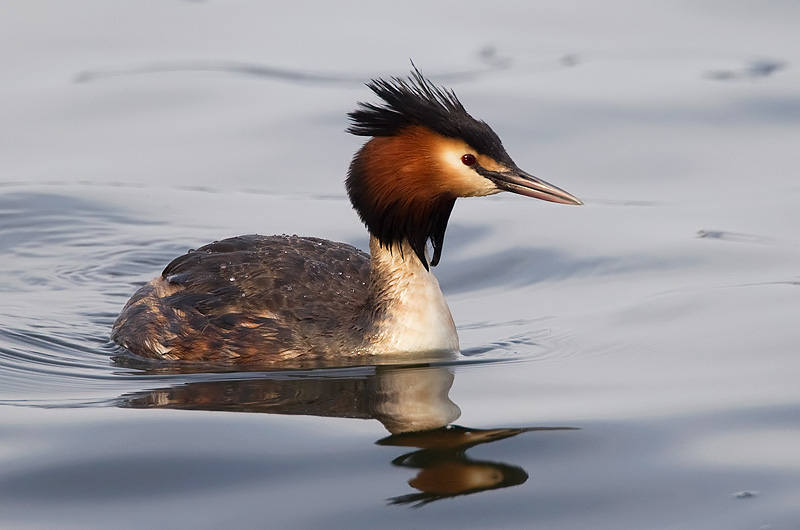
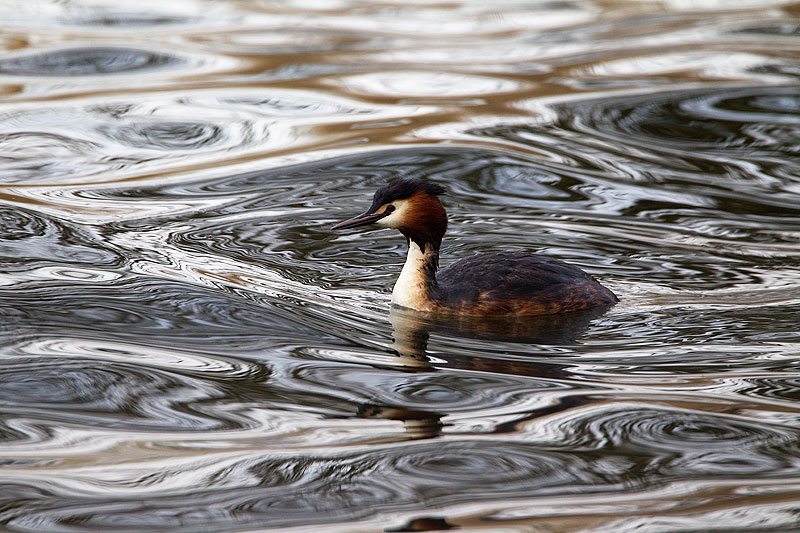
A few migrants moving through on 4th, including 3 white wagtails and 2 little ringed plover, photographed hand-held with the 400 mm lens and 1.4x extender.
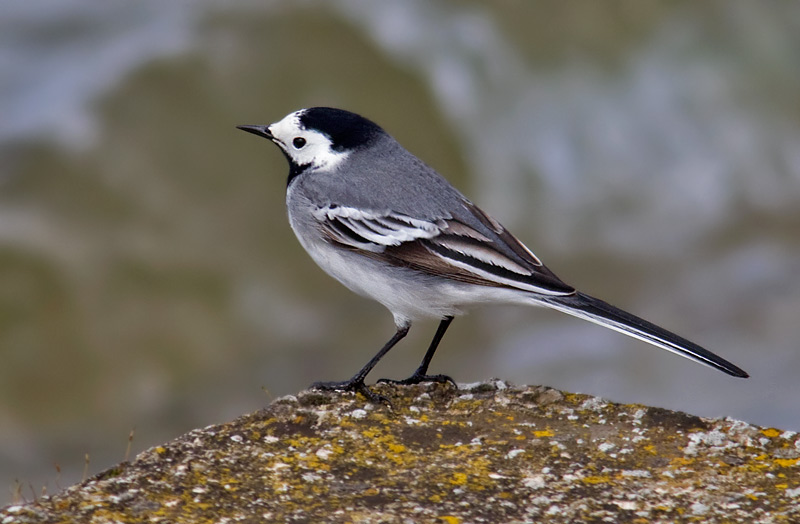
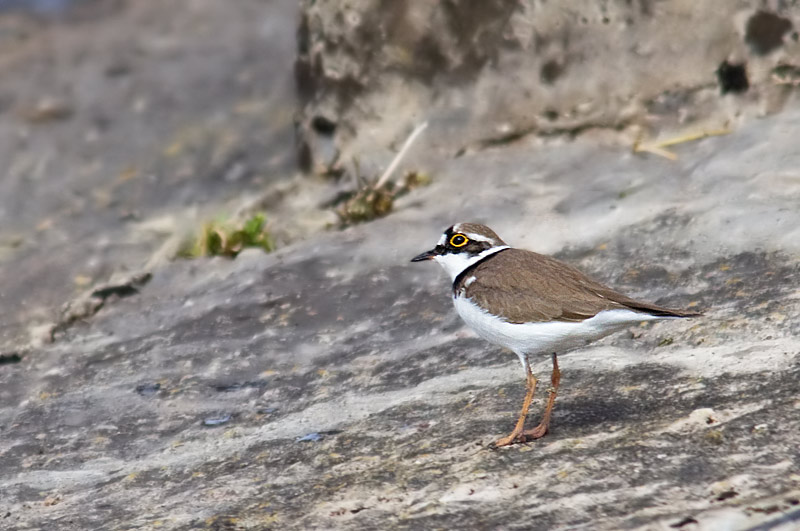
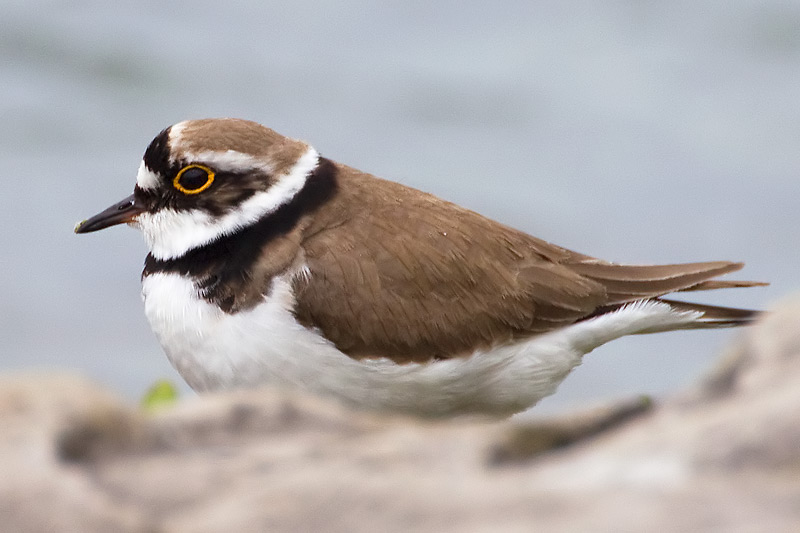
Phylloscopus warblers galore at Barrow Tanks on 2nd - a mixture of chiffchaffs and willow warblers. Also a couple of house martins with the swallows and a few sand martins. Three shelduck and two stock doves also seen.
My first chance to try and see the long-staying bufflehead in Dorset arose on 1 April, but it looks like I missed it by 2 days. Despite two visits to the tank traps at Abbotsbury, and a walk from Moonfleet Manor to Langton Hive Point, we failed to find the bird. We did see a largely summer-plumage Slavonian grebe, red-breasted mergansers, 2 greater scaup, a marsh harrier, sandwich terns, and a red-legged partridge around the Fleet, together with a small herd of sika deer and 2 brown hares. We saw the hoopoe at Suckthumb Quarry on Portland. Most interesting bird was a chiffchaff at the same site, that called loudly and stridently (a distinctive monosyllabic - 'hwee' or 'tswee'). I was struck by the sound when I heard it, and couldn't believe that it produced by a chiffchaff - the call was so different from the standard 'huit' call. I watched the bird at a range of 2-3 m, and plumage-wise it looked like a standard, bright collybita, and was not brown enough for a tristis. Given that an Iberian chiffchaff was singing in Norfolk two days later, I wonder if this was one. A more likely possibility was that the bird was a first-year collybita - these sometimes apparently produce unusual calls.











